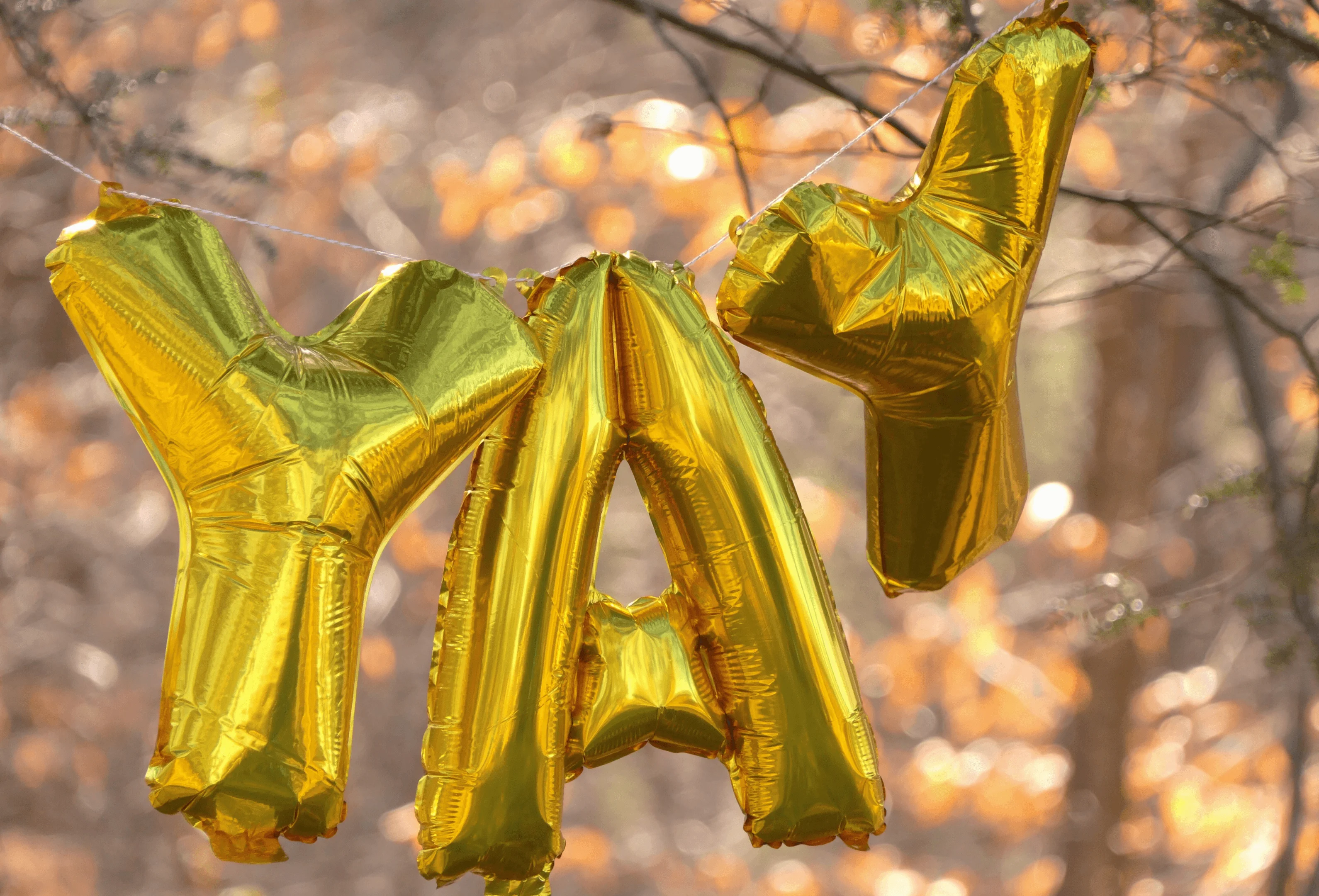Why use bucket filler activities?
Bucket filler activities are brilliant for children’s social and emotional development, especially in today’s world, where we are still recovering from a pandemic, followed by an overload of depressing news stories!
It can sometimes feel like we are bombarded with bad news, most of which is completely out of our control. Our children can pick up on this negativity and that’s where bucket filler activities come in. Bucket fillers are a way of recognizing and addressing our feelings in a very visual and tactile way.
Why are they called bucket filler activities?
I like to start by asking the children to imagine that inside their tummy they have an invisible bucket or an imaginary bucket. Every day, we need to fill up our own buckets with good feelings and positive thoughts so that we feel well.
It’s a bit like filling up an empty tummy with food to help us grow and learn, but this one is an emotional bucket. We can start every day by seeing how full we feel our emotional bucket is, and then work on filling it up if needed.
Bucket filler activities can also be very visual. Physically placing messages about good deeds or kind words into a real bucket and watching it fill up sends a very powerful message.
What do I need to start?

You can use a plastic bucket or a tin bucket, or you can also buy bucket dippers or individual miniature-sized buckets from many discount shops.
If you haven’t got a bucket, it’s no problem. You don’t really need actual buckets if you don’t have them. You can use a washing-up bowl, a plant pot, a plastic cup–any container you like in fact, as long as you follow the bucket filler principles.
For a range of children’s books to introduce the concept of bucket fillers, visit this website. It’s such an incredible bucket filling classroom resource.
10 bucket filler activities
Are you ready? Check out these bucket filling activities to get your children’s buckets full and overflowing with positive well-being.
1. Learn my name
It’s often surprising how many children don’t know each other names, even when they are in the same classroom.
Start your first bucket filler activity by asking each child to find a partner. Try to find someone you don’t usually talk to, and then learn how to write their name.
Spend time decorating their name until it looks really great. When you have finished, place the names in the bucket together. Pull out each name in turn and show the class the beautiful names of everyone in the class.
If you want to, you can extend this bucket filler activity to the classroom next door to learn the names of less familiar children.
2. The compliment bucket

Compliments are so powerful. But we don’t use them nearly enough. Think of the last time you received a compliment or a kind word – it really makes us feel great!
Ask the children to write compliments to one another and put them in the class bucket.
Thinking of something positive to say about someone else may need a little modeling, so talk to the children about a few compliments you are writing.
If possible, write your compliments about the child or children least likely to receive compliments in the class. At the end of the session or the end of the school day, read out some of the compliments and watch the children’s faces beam with pride.
This bucket filling activity builds respect within the class and boosts self-esteem. The more you repeat it, the more your children will feel valued and their confidence will grow.
3. Kind deed bucket
Let’s spread kindness!
At the beginning of the school day, ask everyone in the class to look out for kind deeds. If you spot anyone doing a kind deed, write it on a piece of paper or use sticky notes, and put it in the bucket.
They may only be small deeds but that doesn’t matter. You may need to model this bucket filling concept at first. Show the children as you write bucket filler notes like:
Josh held the door open for me when I was carrying my books.
Josie always says good morning to me and that makes me smile.
I’ve also seen this activity done with photographs. The children have a class camera that they can use to take a photo if they spot someone doing a kind deed.
The photographs are then displayed on the class whiteboard at the end of the school day, and the children talk about why they’ve taken the photo, for example:
Here is AJ helping me to tidy up.
Samir helped me pour the drinks at snack time.
This is an amazing bucket filling activity for motivating children to support and help one another, and also builds positivity and friendship in the class.
What a great way to encourage kindness! Plus, the more often you do it, the better the children get at helping one another.
4. I’m grateful for…

This is one of my favorite bucket filling activities. It’s sort of a child’s version of a gratitude diary.
It’s well known that focusing on the things that we are grateful for, rather than the things we think we need, is a way of boosting our self-esteem and positive mindset and helping us to feel less anxious.
Ask the children to think of and write down one thing that are grateful for and place it in the classroom bucket. Give them an example first, for example:
I’m grateful for my cat – she’s soft and furry.
Remind the children that they don’t have to copy you – they can write anything that they want to. Take a few examples from the classroom bucket and read them out.
Make sure you talk about how lucky we all are to have so many things to be grateful for.
5. How are you feeling today?
Don’t be surprised if children find this bucket filling activity hard to do at first. It can be tough for some children to explain their feelings and talk about them, especially if they have never done it before.
They might not yet have the language or vocabulary to explain. The good news is, the more we do something, the better we get at it so you may need to do a little work talking about different feelings and expressions.
Ask everyone to write down how they are feeling today and put their note into the communal bucket.
For younger children, you may need to use visuals instead of writing. There are a variety of feelings cards that you can buy online for a relatively small price. My favorites are The Bear Emotion cards.
Fill up the classroom bucket with everyone’s feelings. You can either do this all together or ask the children to drop a note or card into the classroom bucket during the day, whenever they feel like it.
At the end of each day, have a look in the bucket to take a measure of the well-being of the children in your class. Invite the children to tell you why they feel the way they do. This bucket filling activity can give real insight into the children’s worries and anxieties.
6. Let’s celebrate

This bucket filler activity is about building self-esteem and resilience. I like to cut out small balloon-shaped cards for this activity and give one to each child, but you don’t have to do that. Start by asking the children :
Tell me one thing that you are proud of today?
We all have something in our lives that we are proud of. It could be that we got up early, or we walked the dog before school. Maybe we did well on a test or we finished reading a book. It could be that we ate a new food at lunchtime or maybe we are proud of a family member or a friend for something.
Encourage the children to fill the communal bucket with their proudest moments and then invite them to share if they want to.
7. Bucket wall or bucket filler display
I’ve seen this bucket filling idea in classrooms recently and it works really well. Instead of everyone working towards filling one big classroom bucket, each child is given his or her own bucket.
What to do:
Give each child a paper cup.
Ask them to write their name on it and decorate their cup.
Mount the finished decorated paper cups on the wall or bulletin board.
Every time you spot a child doing something positive, give them sticky notes to put in their own bucket.
You can ask the children to write bucket notes to each other if they spot a good deed, too.
The idea is for everyone in the class to try and fill buckets with positives. Looking into the buckets, you can see who is doing lots of positive things and who needs to work a bit harder.
Don’t forget to give lots of encouragement and praise. Offer a daily reminder to help fill someone’s bucket.
When everyone’s bucket is full, you could have a class party or reward.
8. Stars on sticks

This bucket filling activity gets everyone feeling like a star! The intention is to encourage and reward kindness. You don’t have to use buckets or bucket dippers for this activity- any container will be acceptable, but you will need a fairly deep container.
You will need:
Wooden skewers / lollipop sticks
Small cardboard stars
Sellotape
What to do:
Use one skewer/ stick for each child in the class.
Write each child’s name onto the cardboard stars.
Attach a cardboard star onto each skewer with a sellotape.
Place the skewers with the star names next to the empty bucket.
Every time you spot a child being kind, ask them to place their named star in the bucket dipper.
At the end of each day, read out the names of the children in the bucket and remind everyone what they did to earn their star. You can give them a small reward.
For older children, you could recap the names in the bucket dipper at the end of the week. If the whole class manages to get their names in the bucket, make sure you all celebrate together.
9. What is special to me?
I like to use this bucket filling activity at the beginning of the school year when I want to get to know each child in my class, or at the beginning of a new term or a new topic. This bucket filler is a really good and fun way to find out what motivates each child and what is important to them.
What to do:
Ask each child to take their decorated bucket or box home over the weekend.
Ask them to fill their bucket dippers with three things that are special to them.
This may be a photograph, a favorite toy, or a special object.
Bring the bucket back into school for a show-and-tell session.
Ask why these three things are particularly special to each individual child.
If you have shy or reluctant speakers, you can also do this bucket filler activity on an individual basis or work in pairs so that the children tell a partner.
Encourage students to tell you why each item is special to them. How does it make them feel?
10. Five ways to well-being bucket filler
Keep reminding the children to keep their imaginary buckets in their tummies filled up by using the five ways to well-being:
Connect with other people
This could mean greeting one another by saying a cheery hello in the morning and using each other’s names.
Get active
This could be as simple as walking to school or making sure you keep busy and move around during playtime.
Take notice
Lots of the previous bucket filler activities are about taking notice of positive behavior and moments. But remind the children regularly to stop, breathe deeply, and notice all the good things around them.
Learn something new
Learning every day is how we all grow. It doesn’t matter how old we are and it doesn’t have to be a school lesson either. Learning a new dance, watching a program that teaches you some new facts, or learning a new skill all count.
Give back
Research has proven that one of the best ways to improve our own well-being is to do kind acts to others and give something back. This doesn’t have to be a big gesture. Small gestures like sharing your snack, helping your friend, or saying thank you all matter.
Hopefully, that has given you a positive place to start your bucket filler activities.
For further bucket filling inspiration and more ideas, try this link.
Have fun filling buckets!
